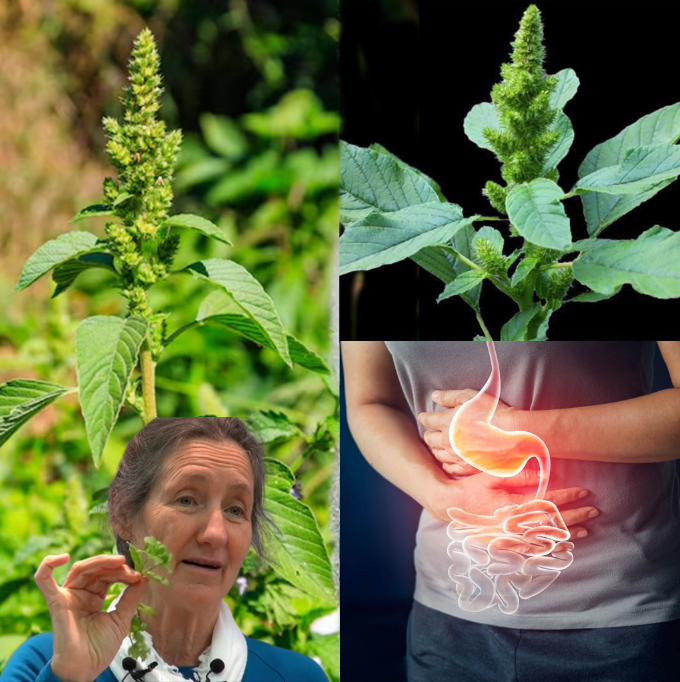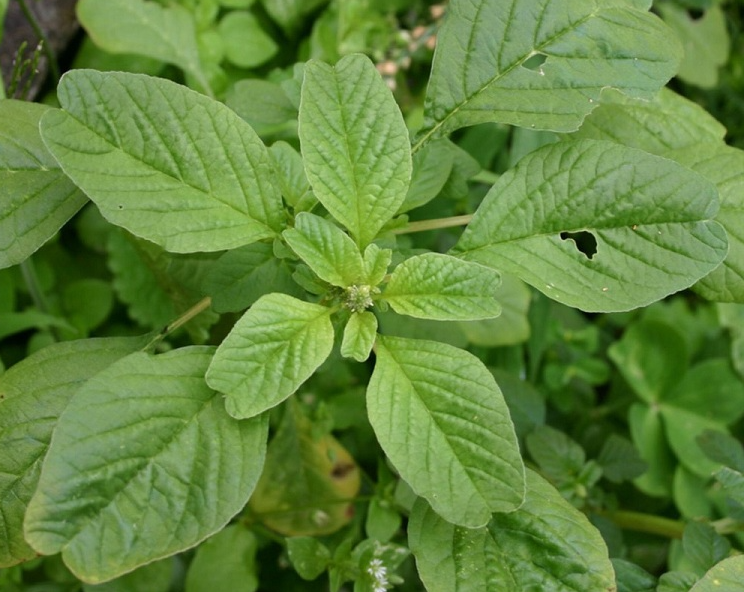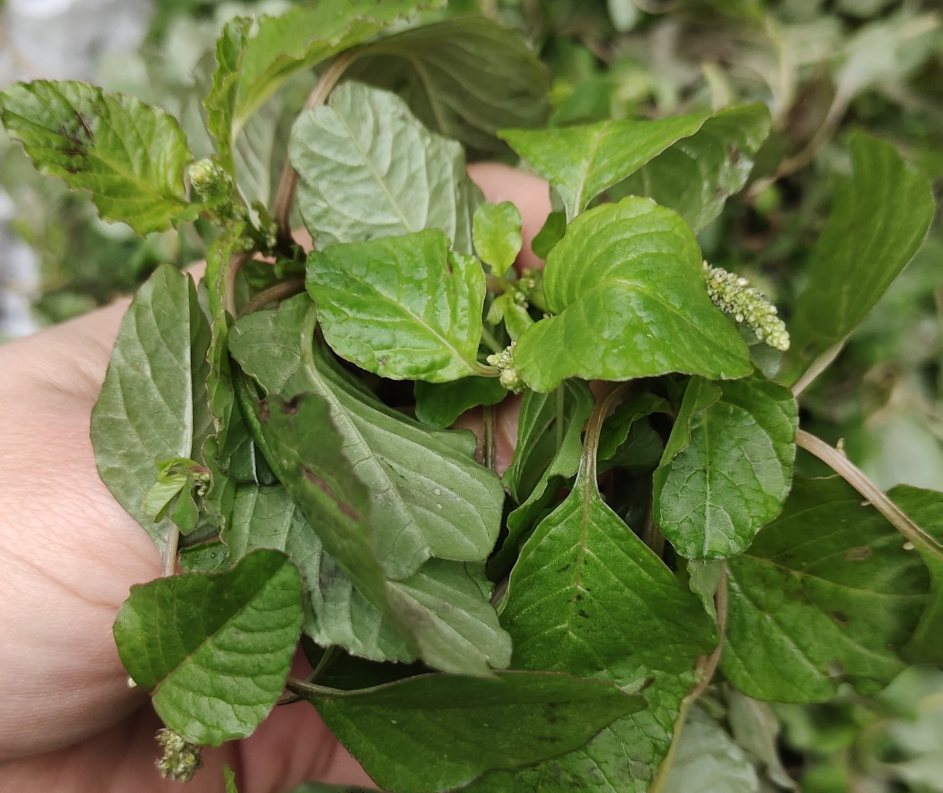In a world overflowing with trendy superfoods and health supplements, sometimes the most powerful remedies are the ones growing quietly in your garden or sold by the bundle at the local market. One such humble yet mighty plant is amaranth — known in many parts of the world as “rau dền.” This leafy green vegetable has been nourishing human civilizations for thousands of years, and modern science is finally catching up to what traditional healers have known all along.

Amaranth isn’t just a plant. It’s a powerhouse of nutrition. Whether you’re using the leaves or the seeds, the entire plant delivers extraordinary health benefits that can boost your vitality, fight inflammation, and support overall well-being. Let’s take a deep dive into this underrated green and explore why it deserves a permanent spot in your kitchen.
Packed with Nutrients That Matter
One of the first reasons health enthusiasts turn to amaranth is its exceptional nutrient profile. Amaranth leaves are rich in vitamins A, C, and K, as well as essential minerals like iron, calcium, potassium, magnesium, and manganese. These micronutrients play vital roles in everything from immune defense to bone health and blood formation.
Amaranth is also a great source of plant-based protein and dietary fiber. In fact, it contains lysine, an amino acid that’s often lacking in other grains and greens. This makes it especially valuable for vegetarians, vegans, and anyone seeking to improve protein intake without relying on animal products.
When consumed regularly, amaranth leaves support the body’s basic functions and help you meet your daily nutritional needs without the need for artificial supplements.
Supports Eye Health and Skin Radiance
The deep green and red pigments in amaranth leaves aren’t just beautiful to look at — they’re a sign of high antioxidant content. In particular, the leaves are loaded with carotenoids and vitamin A, which are critical for maintaining healthy vision. If you spend long hours in front of screens or under artificial light, this humble green can help protect your eyes from strain and long-term damage.
The antioxidants in amaranth also protect your skin by neutralizing harmful free radicals. Combined with vitamin C, which boosts collagen production, regularly consuming amaranth can support a youthful glow, reduce signs of aging, and promote faster healing of wounds or blemishes.

A Natural Blood Builder
Iron deficiency is one of the most common nutritional problems globally, especially among women. Luckily, amaranth is one of the best plant-based sources of iron. Just one serving of cooked amaranth leaves provides a significant portion of your daily iron needs, along with vitamin C that helps the body absorb it more efficiently.
Because of this, many traditional medicine systems have long used amaranth to treat symptoms of anemia, fatigue, and dizziness. By incorporating it into your diet a few times a week, you may notice improvements in your energy levels, mental clarity, and overall endurance.
Supports Digestive Health and Gentle Detox
Fiber is essential for maintaining a healthy digestive system, and amaranth delivers plenty of it. Its natural fiber content promotes smoother digestion, prevents constipation, and feeds the beneficial bacteria in your gut. This not only helps with nutrient absorption but also supports a stronger immune system and better mood regulation.
Beyond digestion, amaranth has gentle detoxifying properties. Its high chlorophyll content helps cleanse the bloodstream and liver, while potassium helps flush out excess sodium and water from the body. For people feeling bloated, sluggish, or dealing with mild water retention, a bowl of steamed amaranth with garlic and lemon can work wonders.
A Friend to Heart Health
Heart disease remains one of the top killers worldwide, and diet plays a huge role in prevention. Amaranth offers several heart-healthy benefits that can reduce the risk of cardiovascular issues over time.
Its fiber helps regulate cholesterol by binding to it in the digestive tract and removing it before it enters the bloodstream. The potassium in amaranth also helps relax blood vessels, lower blood pressure, and support proper circulation. Meanwhile, the antioxidants reduce inflammation and oxidative stress — two silent drivers of heart disease.
If you’re looking for a natural way to support your heart, amaranth is an excellent daily ally.

May Help Regulate Blood Sugar
One of the lesser-known benefits of amaranth is its potential role in stabilizing blood sugar. Its low glycemic index means it won’t spike your glucose levels the way processed carbs do. Plus, its fiber slows the digestion of sugars, offering a steady release of energy rather than a rollercoaster of highs and crashes.
For people managing diabetes, prediabetes, or simply trying to avoid sugar-related fatigue, adding amaranth to meals is a smart nutritional strategy.
Boosts Immunity and Fights Inflammation
Your immune system is your frontline defense against disease, and amaranth contains a strong mix of nutrients that fortify it from every angle. Vitamin C, iron, magnesium, and zinc all work together to help your body produce white blood cells, regulate inflammation, and respond better to infections.
Amaranth also contains peptides and bioactive compounds with anti-inflammatory effects. These may help reduce chronic inflammation that underlies conditions such as arthritis, asthma, and metabolic disorders.
Adding this green to your plate isn’t just about eating your veggies — it’s about actively fighting off illness with every bite.
How to Enjoy Amaranth in Daily Life
Now that you know how powerful amaranth is, the next question is: how do you use it?
The good news is that amaranth is incredibly versatile. The young leaves can be stir-fried, added to soups, or steamed like spinach. They pair well with garlic, onions, coconut milk, and even a splash of tamarind or lime. In many cultures, amaranth is used in porridge or added to rice dishes for extra color and nutrition.
You can also try drinking it as a tea by boiling the leaves and stems for 10–15 minutes. Some people blend cooked amaranth into smoothies or use it as a base for detox soups.
Don’t forget about the seeds — tiny, gluten-free grains that puff up when cooked. They can be used in baking, as a cereal, or added to salads for a protein boost. Popped amaranth seeds make a nutritious snack that tastes nutty and crunchy.

Final Thoughts: The Forgotten Green With Timeless Power
Amaranth might not have the flashy reputation of kale or quinoa, but it holds a timeless power that deserves far more recognition. It’s cheap, widely available, easy to grow, and packed with nutrients that support your entire body from head to toe.
Whether you’re seeking natural energy, better digestion, healthier skin, or just a simple way to feel good every day, adding amaranth to your diet can be one of the smartest health choices you make.
So next time you see a bunch of rau dền at the market, don’t walk past it. Pick it up, take it home, and let this quiet green miracle bring its ancient wisdom into your modern life.


